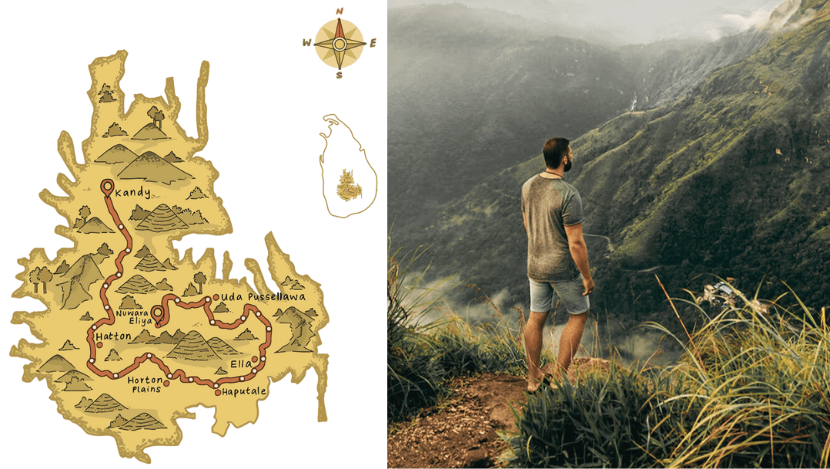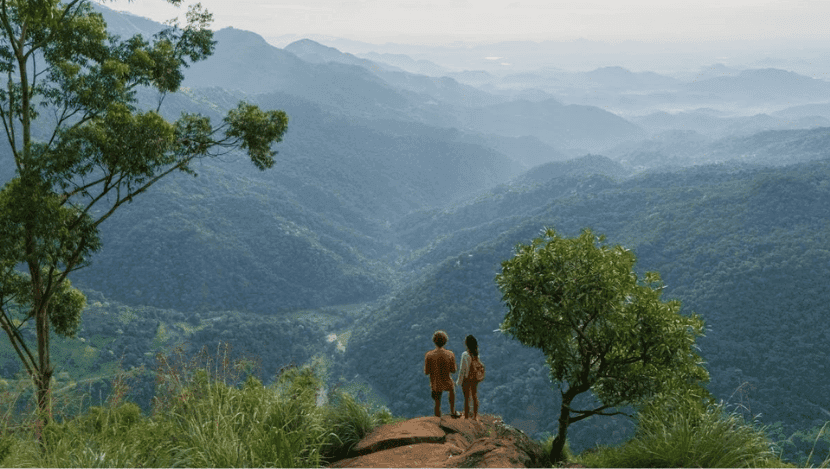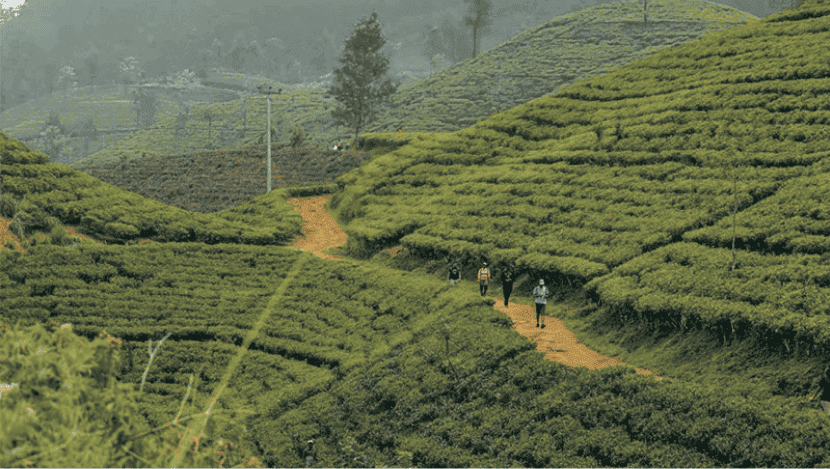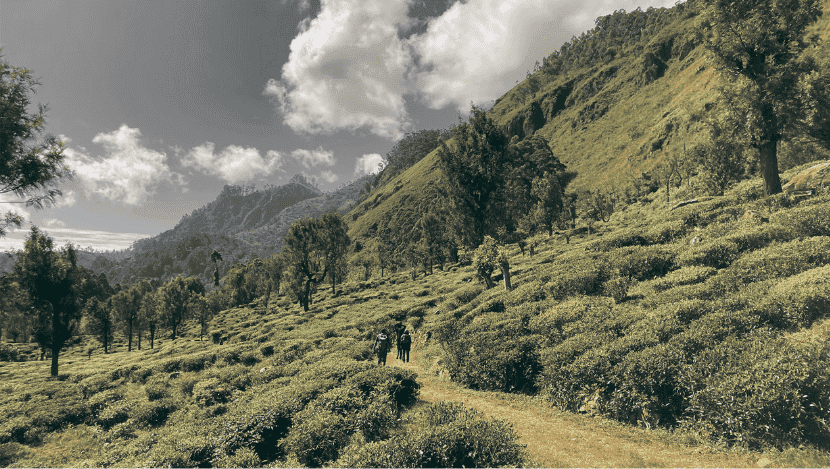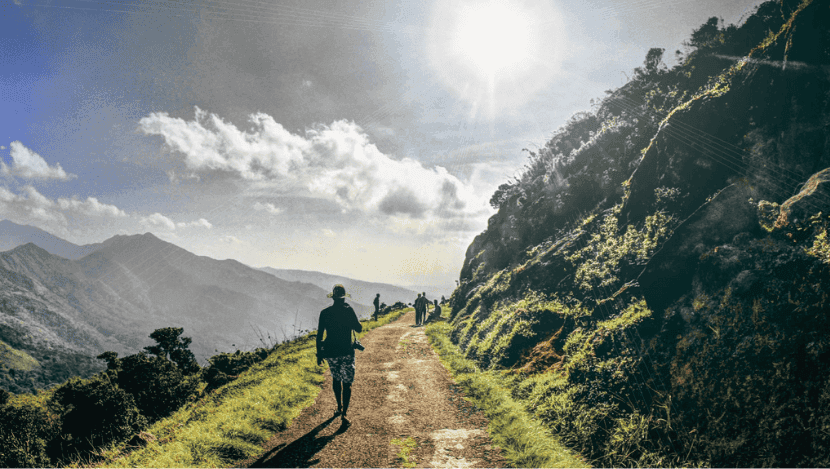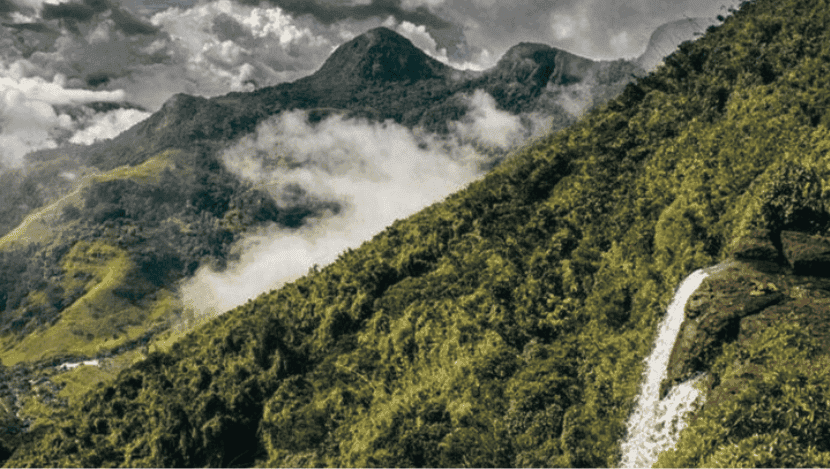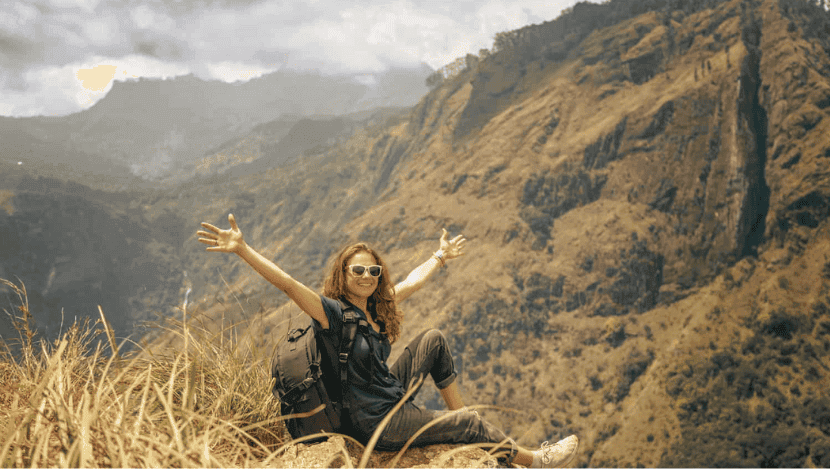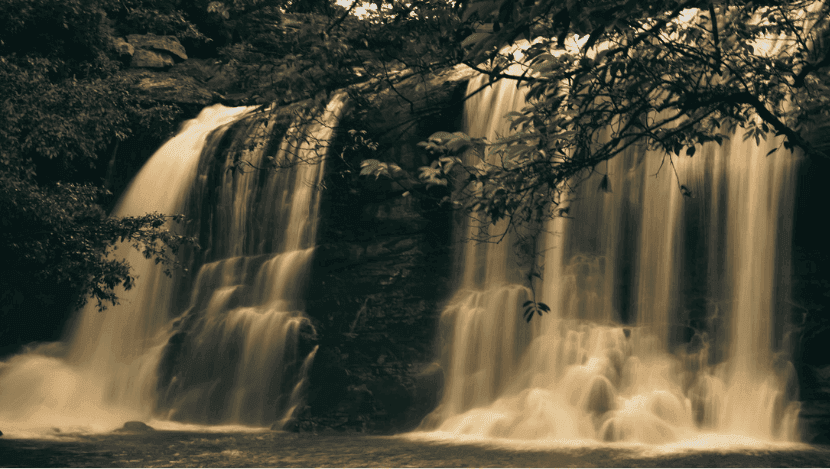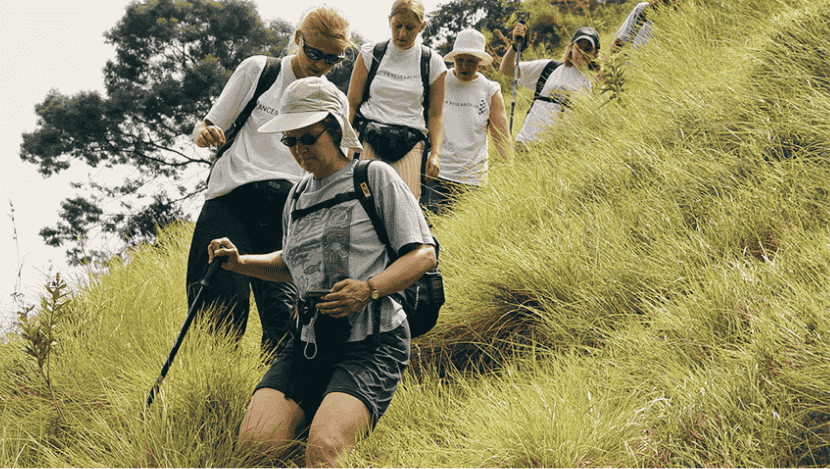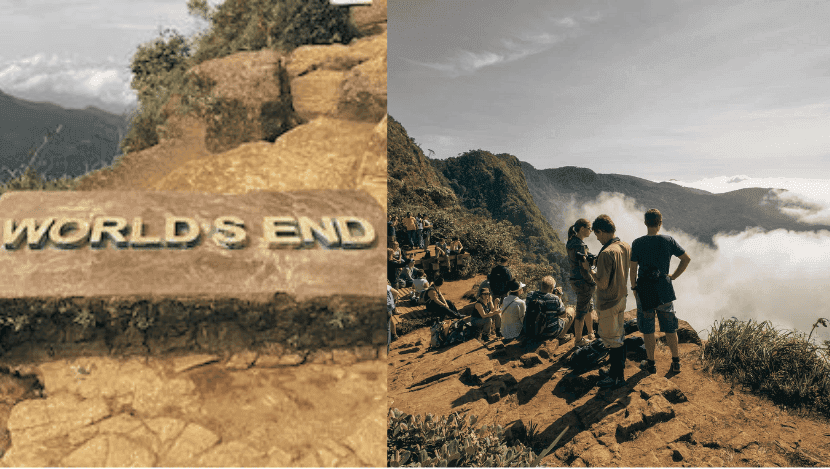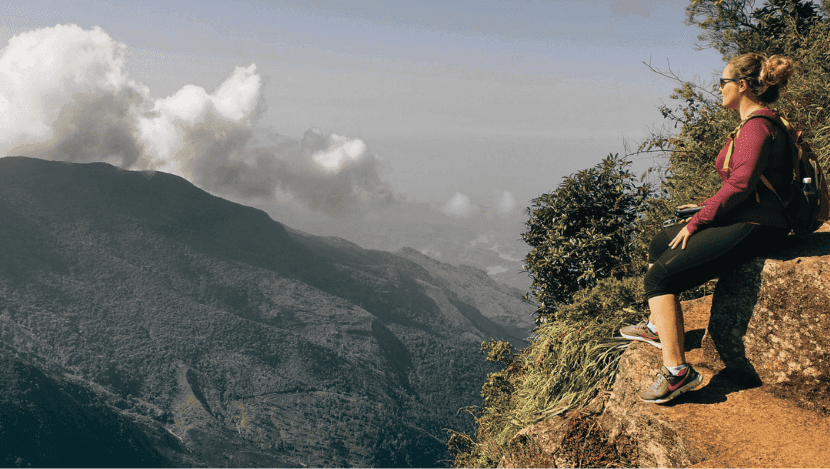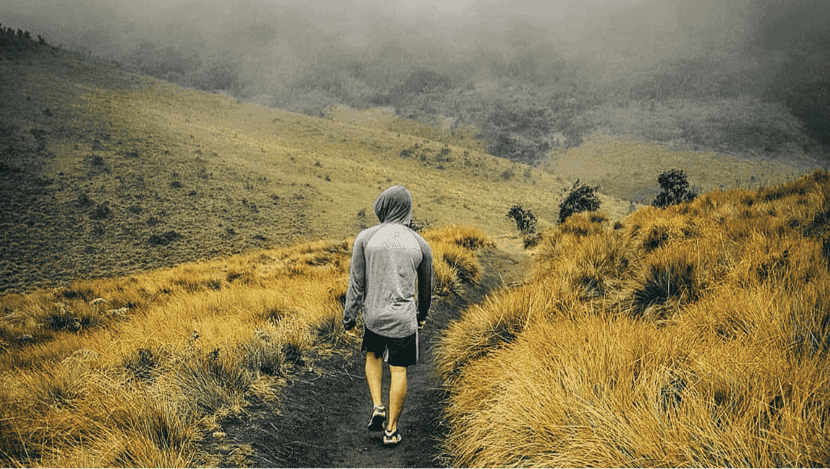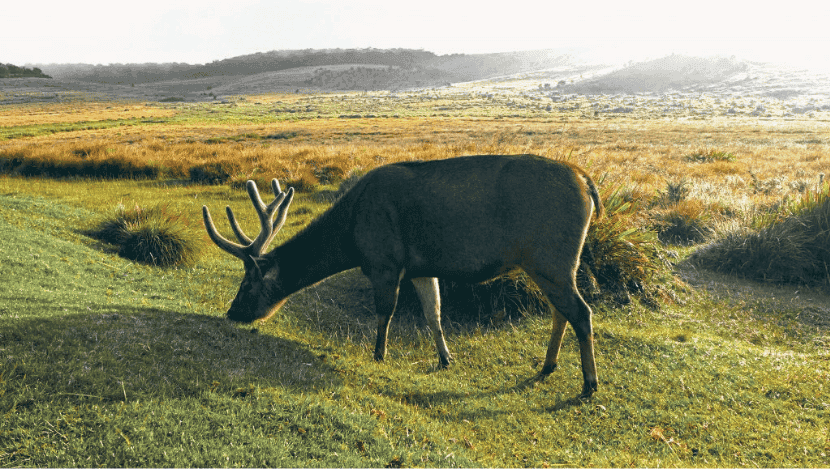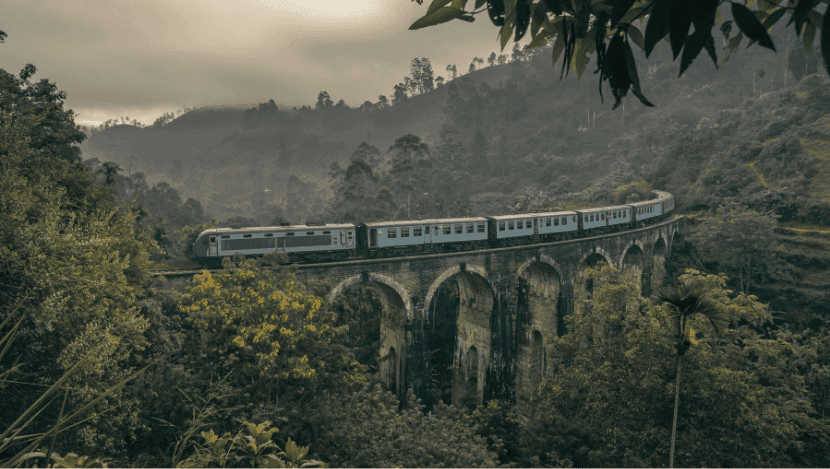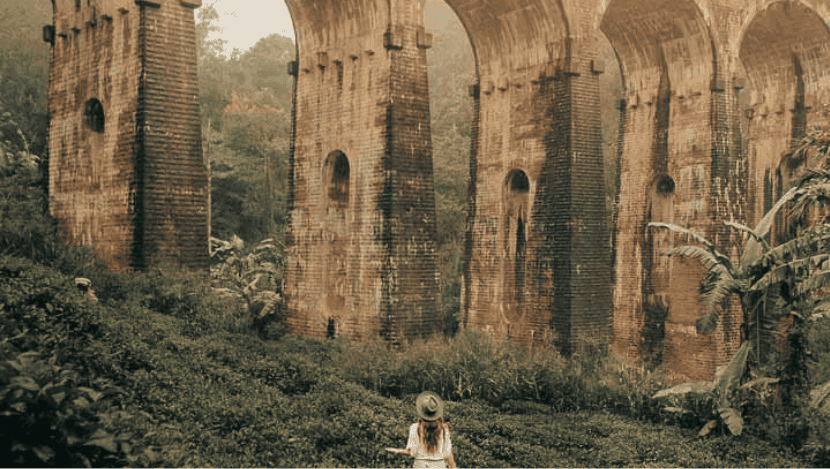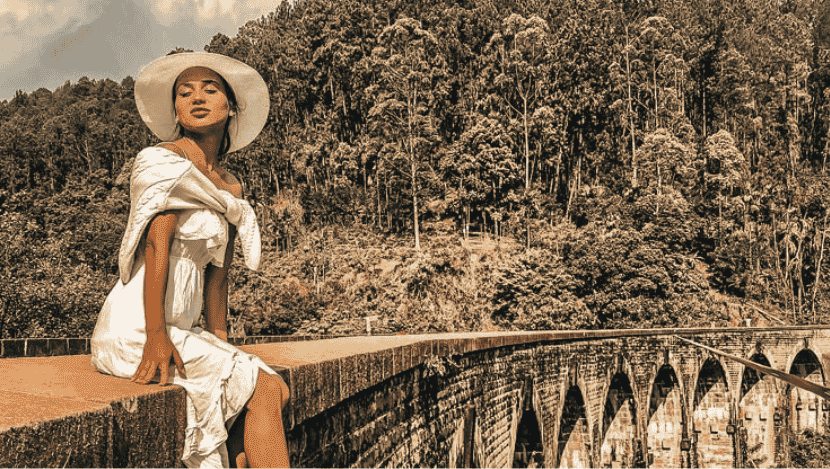Why a Traveller Should Visit the Pekoe Trail
Authentic & Off the Beaten Path Experience: Unlike busy cultural heritage sites, the Pekoe Trail offers solitude, discovery, nature and culture without heavy crowds. You connect more deeply with people, land, tea heritage.
Diversity of Scenery & Physical Challenge: Each stage offers different landscapes—every day may bring new vistas: misty peaks, waterfalls, forest canopies, rivers, ridges, plantations. It satisfies both casual hikers and seasoned trekkers.
Tea & Culture Immersion: If you love tea, history, colonial architecture, and local traditions, this trail brings you close to the working tea industry—tea factories, plantations, and estates where generations have lived.
Support for Sustainable & Responsible Travel: Walking the Pekoe Trail supports local economies, conservation, cultural preservation. It embodies eco-tourism – low impact, high reward.
Trail’s Prestige & Global Recognition: Already recognized by outlets like National Geographic, Time’s World’s Greatest Places, and others for its natural beauty and sustainable model. Visiting it puts you on a rising, well-curated hiking path.


